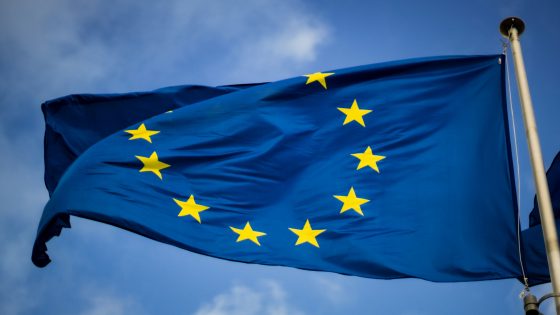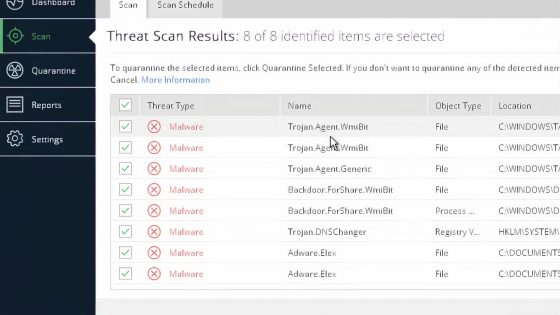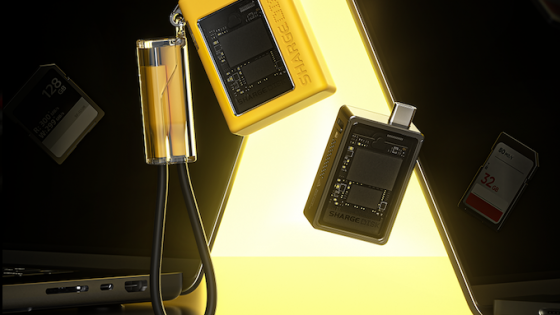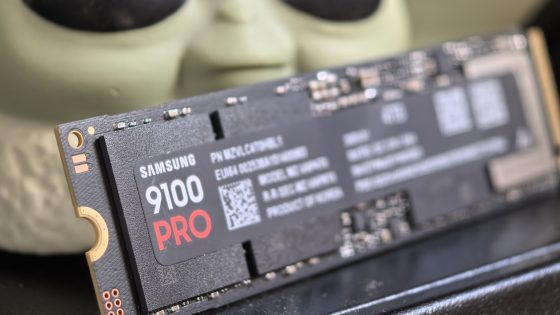How to recognize online fraud?
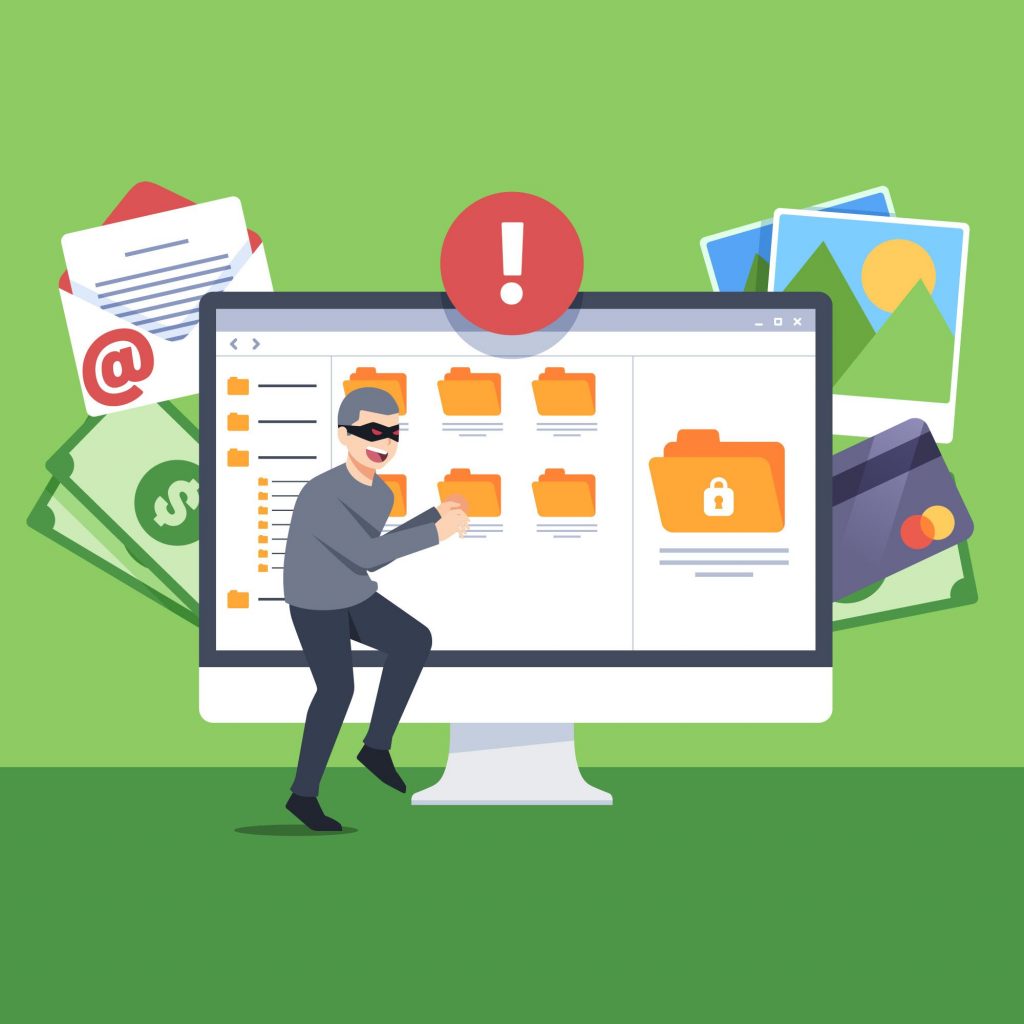
We use it for practically everything. Through it we access emails, search for news, read books and comics, play games, shop, watch movies, series, short clips - the list goes on and on. Every good thing has its negative side. In this case, the Internet has a huge potential for the spread of fraud and false information.
If you are a regular visitor to the Internet, it is not uncommon to come across a scam or content that seems very suspicious at first glance. Some are very obvious, others are a little more sophisticated, and still others are almost impossible to recognize as complex scams. The last set is becoming more and more common, for which we can also thank artificial intelligence, which became generally available to every user a year ago.
If you recognized the fraud in time, great. However, in practice, the opposite is happening – despite all the warnings and cyber security awareness campaigns, too many people still find out too late that they are being targeted by miscreants.
Therefore, the question "how to recognize online fraud" is quite appropriate.
How to identify a fake website?
Creating a basic website is easy, domain registration is done in a few clicks and for only a few "cents", and in return the miscreants get a very good base with which to start preying on unwary and naive users. Because the process of setting up a website is so easy, the internet has become a breeding ground for fake websites. ChatGPT and similar "bots" have only accelerated their spread, and at the same time, fake websites are becoming more and more difficult to identify.
They can be found by searching for a specific product, maybe obscure or currently the hottest, or through ads that can also be played on credible platforms such as Facebook. Too many times I got a call from an acquaintance who found a great website through a Facebook post, where he can buy a set of tools from a well-known brand for only a few tens of euros (instead of several hundred euros). Half-price PlayStation 5s are also in there, maybe an RTX 4090 graphics card that normally sells for €2000, but just at that moment you can get it for a bargain €800 or some other absurdly low price. Of course, time is running out because the offer is limited in time.
The rule applies: "If something looks too good to be true, then it usually is." If you come across a website with suspiciously good offers, be careful. Start exploring. Read the product reviews if there are any and ignore those generic comments like "great product", "device exactly as described and fast delivery" etc.
If you are not familiar with the website or if you are shopping on it for the first time, you can check its background on Google. To begin with, go to Slovenian forums and find out if anyone has already bought/ordered services there. If the store is foreign, you'll have more success adding something like "jetaspletnastrannateg.com scam reddit" to the end of the search string. You'll find tons of sub-groups on Reddit that deal with online fraud, and you might find a conversation just about your website.
You can also check the background of the website at whois.com. Check the domain, how long the website has been registered... A short time is not necessarily an indicator of fraud, but it can still be a warning to investigate deeper. Look for the contact details of the seller or company on the allegedly fake website. What happens when you call the number? "Google" the physical address as well and check that Janez Novak doo, which sells electronics, is not operating in some small confectionery.
Payment methods can also be a good indicator. If you don't trust them, try choosing the cash on delivery method. You will have a few euros more in costs, but at least you will be reassured when the package actually arrives in your hands, or you will not be paying in advance for something that you will never receive.
Fraudsters will also want to trick you with statements from supposedly credible people. We came across the example of Petr Poljanšek, an entrepreneur from Ljubljana, who was used to promote snake oil, another day he was an online expert for software, SEO or something else. They used an image found on the internet and a most likely fabricated statement. You can verify each image by finding it using Google Image Search. You can see where everything on Google has already been used. It can be a "stock" photo, but the website loses credibility if it provides false information.


You can also be scammed on Amazon, eBay, Flea...
Don't be blinded by the name of the platform you're buying from. Their credibility does not mean that all offers are equally credible. In fact, in the last few months, Amazon has become a nest of third-party sellers, usually Chinese, who sell dreams. You may find great experiences under reviews, but it's worth checking to see if that review is actually for the product you're buying. Amazon has a problem with sellers mistaking legitimate products for fake ones but leaving the same reviews. It is best to buy products that are directly delivered by Amazon (fullfiled by Amazon) or from a seller you trust.
eBay has always been known for having a bunch of fake sellers who, for example, write in the fine print that they are only selling empty packaging or even just a photo of the product, of course for the retail price of the real product.
We have already come across fake ads on Fleha, even those with the label "Don't worry". When you want to make a purchase, you will receive a link or an SMS message, which will direct you to complete the purchase on a third party (which will imitate the appearance of Flea) or to fill in certain sensitive data. We hope it goes without saying that under no circumstances should you share your personal information, let alone financial information.


How to identify fake SMS messages and e-mails?
Phishing messages are still the most popular tool in the miscreant's portfolio. And these are becoming more and more sophisticated, which means that they will become more difficult to recognize with each passing year. Sometimes they send you a phishing message at just the right moment. When a colleague was testing a new mobile application of one of the Slovenian banks, he just received an SMS message that his account had been blocked due to suspicious activity. Of course, there was a link attached where I would have to enter my information and thus verify my identity. The link was immediately suspicious to him, but we believe that many people in his shoes would click on the link in a panic.
Similarly, in recent months we have received several messages about failed delivery of the shipment. At first glance, the sender is Pošta Slovenije, but in the background it is a patient miscreant. If, like us, you are always expecting a shipment, such a message at the right moment can quickly confuse you.
Those most advanced users first open each suspicious link, file... in a virtual environment where they can make sure of its credibility. The average web user will not do this. But there are other signs of fake messages. Suspicious link is the first, then there are some grammatical errors, bad translations, strange compositions, foreign number and strange name of the sender.
If you get a sense of fakeness, trust it. It doesn't cost you anything to, for example, call the bank or the post office and find out what's going on.
Top tips for avoiding fraud
- Monitor transactions regularly.
- If you receive a suspicious Facebook message, even if the sender is your friend, do not open it and contact the person directly.
- If at all possible, use a single-use virtual card for online purchases, such as the one provided by Revolut.
- You can check if any of your mailing addresses have been compromised at www.haveibeenpwned.com.
- And we emphasize once again: "If something looks too good to be true, then it usually is."
Cover image: Image by freepik



